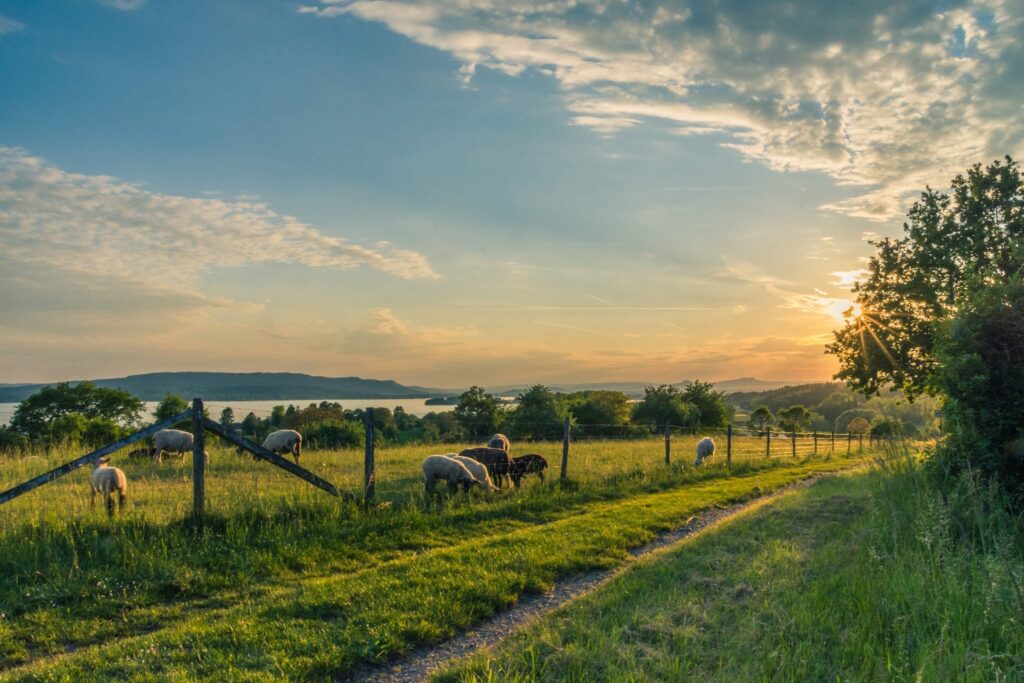 Agriculture has always been the backbone of America’s economy. From the time when the first settlers arrived in the New World, they were dependent on the land for their survival. Over time, American agriculture has evolved from subsistence farming to a highly mechanized and efficient system. In this article, we will take a look at the past and current dynamics of U.S. agricultural land use and policy.
Agriculture has always been the backbone of America’s economy. From the time when the first settlers arrived in the New World, they were dependent on the land for their survival. Over time, American agriculture has evolved from subsistence farming to a highly mechanized and efficient system. In this article, we will take a look at the past and current dynamics of U.S. agricultural land use and policy.
The Roots of American Agriculture
The history of American agriculture can be traced back to the early 1600s when the first settlers arrived in Jamestown, Virginia. The early settlers were mainly farmers who grew crops such as wheat, corn, and tobacco. Agriculture continued to play a significant role in the country’s economy throughout the 1700s and 1800s, with the expansion of the frontier and the growth of the cotton industry.
From the Dust Bowl to Modern Agriculture
The Great Depression of the 1930s had a significant impact on American agriculture. During this time, severe droughts, coupled with poor farming practices, led to the Dust Bowl. This caused widespread soil erosion and the loss of millions of acres of farmland. In response, the government introduced the Soil Conservation Service and other programs to promote sustainable farming practices.
Today, American agriculture is highly mechanized and efficient. Farmers use modern technologies such as precision agriculture, biotechnology, and irrigation to increase crop yields and reduce waste. The country is one of the world’s leading producers of corn, soybeans, and wheat, among other crops.
Navigating U.S. Agricultural Policy
Agricultural policy in the U.S. is a complex and ever-changing landscape. The government provides various forms of support to farmers, including subsidies, crop insurance, and research funding. There are also regulations that farmers must comply with, such as environmental and food safety standards.
Navigating this policy landscape can be challenging for farmers, especially those who are new to the industry. However, there are many resources available to help, including government programs, industry associations, and educational institutions.
The Future of American Agriculture
The future of American agriculture looks bright. With a growing global population and increasing demand for food, there will be plenty of opportunities for farmers to thrive. However, there are also many challenges ahead, such as climate change, water scarcity, and changing consumer preferences.
To stay ahead of these challenges, farmers will need to continue to innovate and adapt. They will need to embrace new technologies, adopt sustainable practices, and work together to find solutions. With the right strategies and support, American agriculture will continue to be a vital part of the country’s economy for generations to come.
American agriculture has come a long way since the early days of subsistence farming. Today, it is a highly efficient and innovative industry that plays a critical role in feeding the world. While there are challenges ahead, there are also many opportunities for farmers to thrive. It’s an exciting time to be involved in agriculture, and we look forward to seeing what the future holds.
